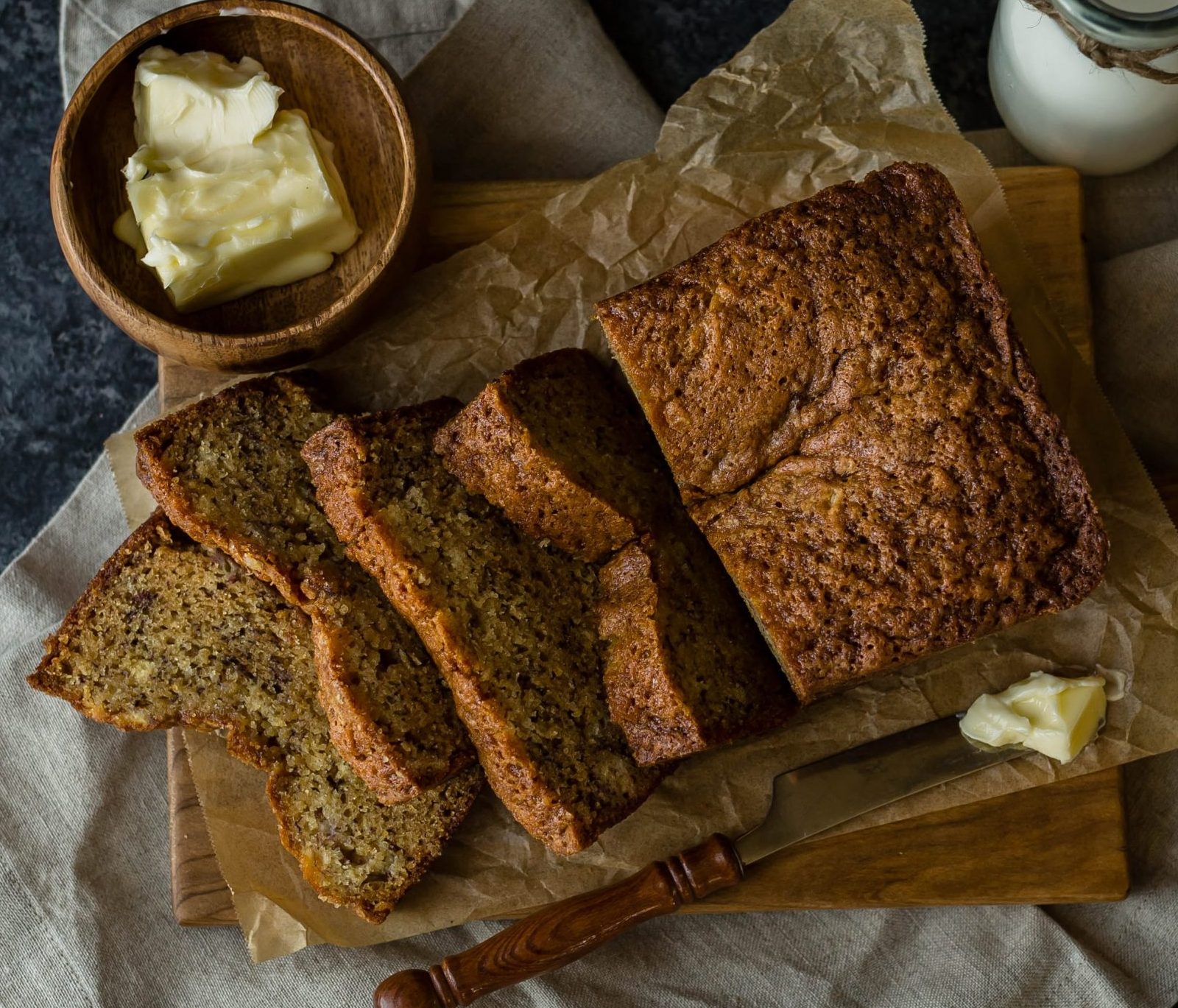Section Links
Vitamin D acts as a hormone controlling the amount of calcium absorption by the intestine and works in conjunction with other minerals and compounds in a ‘bone making/maintenance team’. Vitamin D promotes bone mineralisation by making calcium and phosphorous available in the blood and then depositing the minerals in the bone as it hardens. Vitamin D increases the blood concentration of these two minerals by increasing absorption of the minerals from the gastrointestinal tract and by retention from the kidneys.
Food sources of Vitamin D
Very few foods contain significant amounts of Vitamin D. It occurs naturally in animal products, such as oily fish, eggs, butter and meat, while margarine is fortified with Vitamin D.
Vitamin D is different from other vitamins as it can be made in the body. The most significant source of Vitamin D the action of UV light on the skin. Therefore a balance is required between the use of sun block to protect the skin from sun damage while still allowing some UV rays onto the skin so as to achieve sufficient Vitamin D production. As little as 15 minutes under the sun (without sunscreen), 3 times a week enables your body to make enough Vitamin D – but you need to be sensible. Exposing your skin to the sun increases your risks of skin cancer, so don’t get sunburnt while you do it.

Vitamin D deficiency
Low levels of Vitamin D decrease bone strength. In children, deficiency of Vitamin D is called rickets and is characterised by the bones failing to calcify normally, causing growth retardation and skeletal abnormalities. In adults, particularly females, low calcium intakes and low exposure to sun can lead to osteomalacia. This involves the movement of calcium from the bones, causing loss of bone mass and fractures. This disease is closely linked with osteoporosis and calcium deficiency. Older people who are housebound or institutionalised are most at risk of Vitamin D deficiency due to lack of sunlight and may require Vitamin D supplements.
